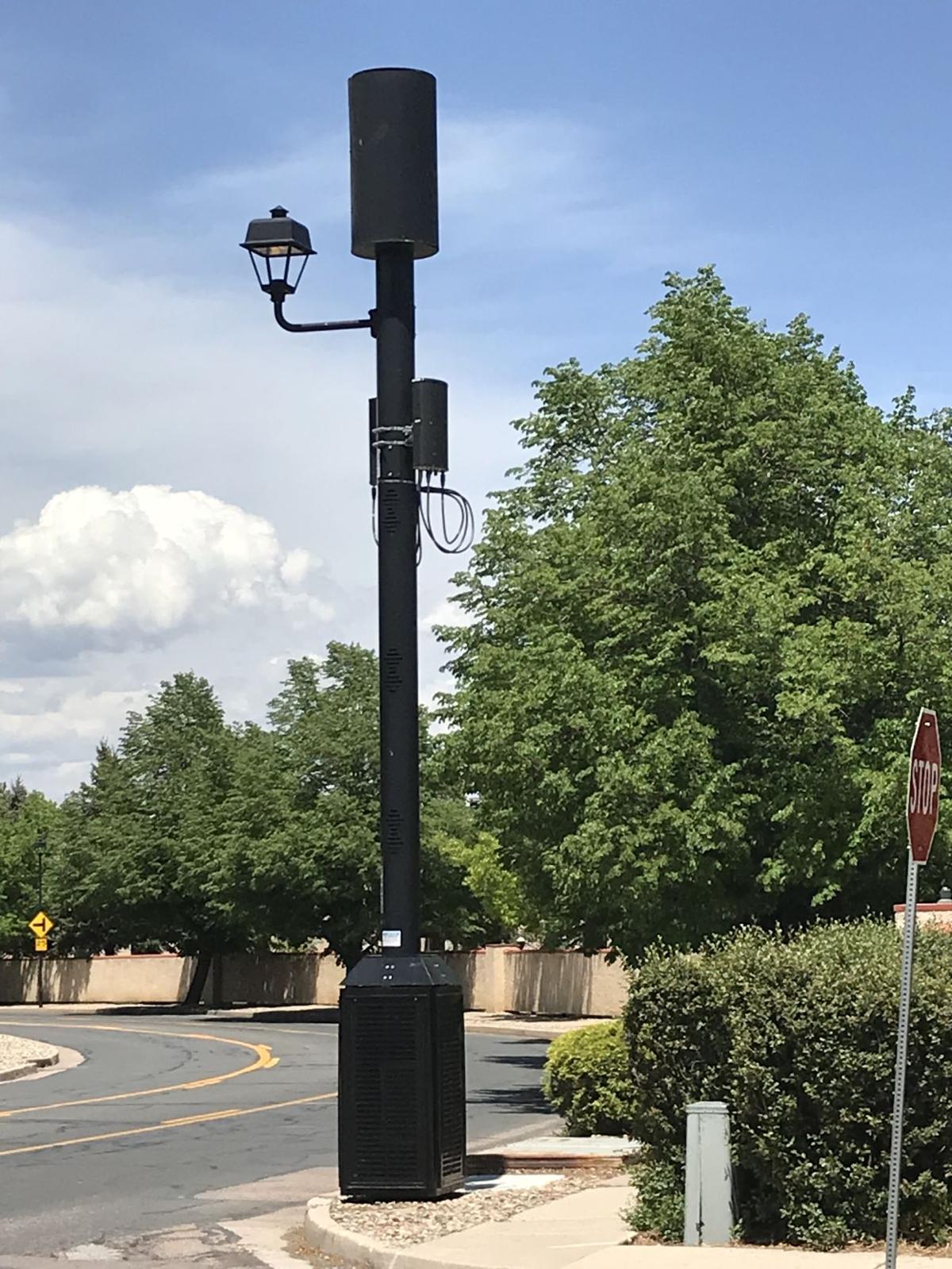5g cell towers are a modern type of antenna being used by wireless companies to provide internet services. They are more powerful than 4g towers, and can be bigger and stronger.
A lot of cities are concerned that these towers may cause harm to residents. This includes privacy, health and aesthetic issues.
They're bigger
In 5G, the frequency of radio waves is higher than 4G- which means it needs more towers in order to transmit data. This can increase the amount of radiation that can be emitted into the environment.
This is a major concern for HOA communities and business owners, real estate investors, and those worried about negative health effects. They fear that the introduction of additional 5G towers will lower the value of properties and adversely impact public health.
The only solution to this is to change the way we communicate - by using WiFi instead of traditional mobile networks. It's unlikely to occur overnight, but it will eventually happen.
But how can that be achieved? How can we make it safer? The answer is in the technology of cell towers, also known as small cells.
They're more expensive
If you're living in an urban area, you've likely noticed large towers of cellular equipment that sit atop masts and buildings. These are towers that are 4G and they're used to provide wireless network service to surrounding regions.
More helpful hints between 50 and 200 feet talland are made to blend into the environment to reduce the visual impact. As opposed to 4G, 5G technology requires a greater density of tower coverage in order to offer wide-area coverage.

Those dense cell sites can be difficult to maintain because they require being constantly connected and capable of providing high speeds. As a result, they're more costly than other types of towers.
But if you're a tower owner or an operator for mobile networks, it's sensible to upgrade your existing towers to 5G to take advantage of the arrival of new technologies to the market. The addition of these technologies to existing sites will help to improve the functionality of the site, which will ultimately result in more revenue for you.
They're even more deadly
5g Towers: What's the Problem?
One of the main concerns about 5G towers is that they emit more RF radiation than other towers. They have to be placed in a more dense manner over a large area to ensure coverage.
The RF waves generated by cell phone towers do not possess enough power to cause damage to DNA directly, or even heat body tissues, but they are able to degrade chemical bonds in DNA, which could cause cell damage and even cancer.
The concern is that living near 5G towers could result in negative health consequences.
The reason is that 5g towers are more likely be situated near to schools and homes, which can emit radiofrequency waves all the time. They will be closer than ever before, and it's more likely that the radiation will be absorbed into your body.
They're not necessary
5G networks use a brand new segment of the radio spectrum that can transmit data. These are called millimeter waves. They are much smaller than conventional radio waves, at just 1-10mm in length. They have higher frequencies and can carry more energy.
To deliver the ultra-fast speeds and low latency that 5G promises, it's necessary to have a massive array of mobile towers. This means a lot of masts that cover cities, roads, business districts, colleges as well as farms.

But there are other ways to deliver speedy internet services in heavily populated regions. One possibility is to construct a series of tiny cell sites which are distributed in a dense manner to fill in gaps in coverage.
But a major concern is where these cells will be placed and how they'll affect residents. Local governments and residents are trying to determine ways to block the installation or prevent it from occurring in their neighborhoods.
